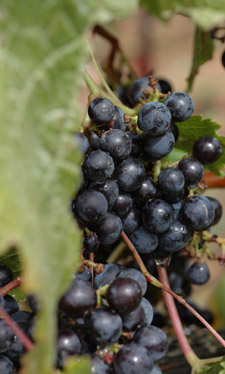 Don’t forget, next Friday is Session #4 and it’s all about drinking local (or regional, or as local/regional as you can be). (How The Session started.)
Don’t forget, next Friday is Session #4 and it’s all about drinking local (or regional, or as local/regional as you can be). (How The Session started.)
This will be easier for some than others, but the Brewers Association happily points out the average American lives within 10 miles of a brewery. You probably have seen the numbers: In 1984 there were just 83 breweries operating in the US, down thousands from 100 years before. Today there are more than 1,400.
But beer’s not alone. Today’s Wall Street Journal has a story about the United States of Wine (subscription required) in which is describes the “remarkable expansion of wineries to unlikely places.” Check out these numbers:
There are 5,110 wineries in the country — 1,773 outside of California, Washington, Oregon and New York, according to the U.S. Alcohol and Tobacco Tax and Trade Bureau — and many of them are new. In Texas, 24 wineries opened in 2006, up one-third in just one year, says industry-tracking firm Wines and Vines. Last year, Colorado went from 48 wineries to 70.
Makes sense to me. It takes less than half an hour to walk to the brewpub in the village where a l live, but before I’m half way there I’ll pass a winery.
So my point would be that interest in better beer is not happening in a vacuum. It’s been linked to similar affection for quality food and wine for more than 30 years. It took some people longer to figure that out, but it’s hardly a secret now.
The trouble with most of the wineries in my neck of the woods, south central Pennsylvania, is that they make lousy wine.
There are, however, some nice breweries in the area, Troegs, Appalachian Brewing Company, Bube’s Brewery…
For $20 to $30 dollars, you can get a decent bottle of red wine made in Pennsylvania, but I can find $10 bottles of Californian wine that are as good or better.
Eric – New Mexico wine is much the same, but then if I were only shopping for value then I’d be drinking mostly South American wines.
I look for NM wines that at least give me a sense the winemaker is thinking about doing something interesting. For instance, I can get a reisling with an almost daring acidic component that is made about miles from my house (although the grapes are from southern New Mexico) for $15, which makes it competitive with less interesting California versions.
On the other hand, we don’t often drink NM merlots, cabs or chardonnays.